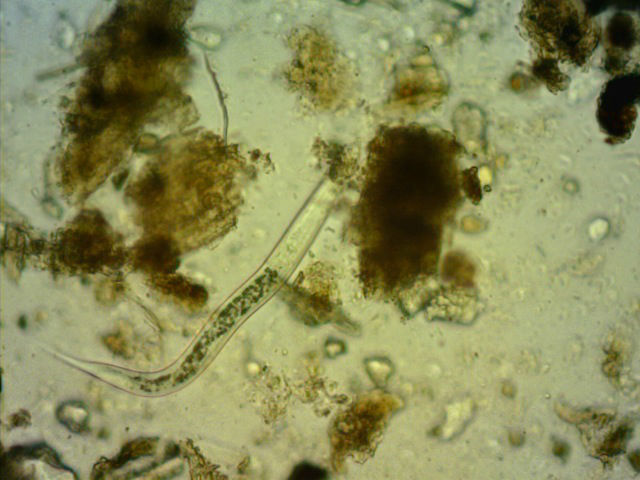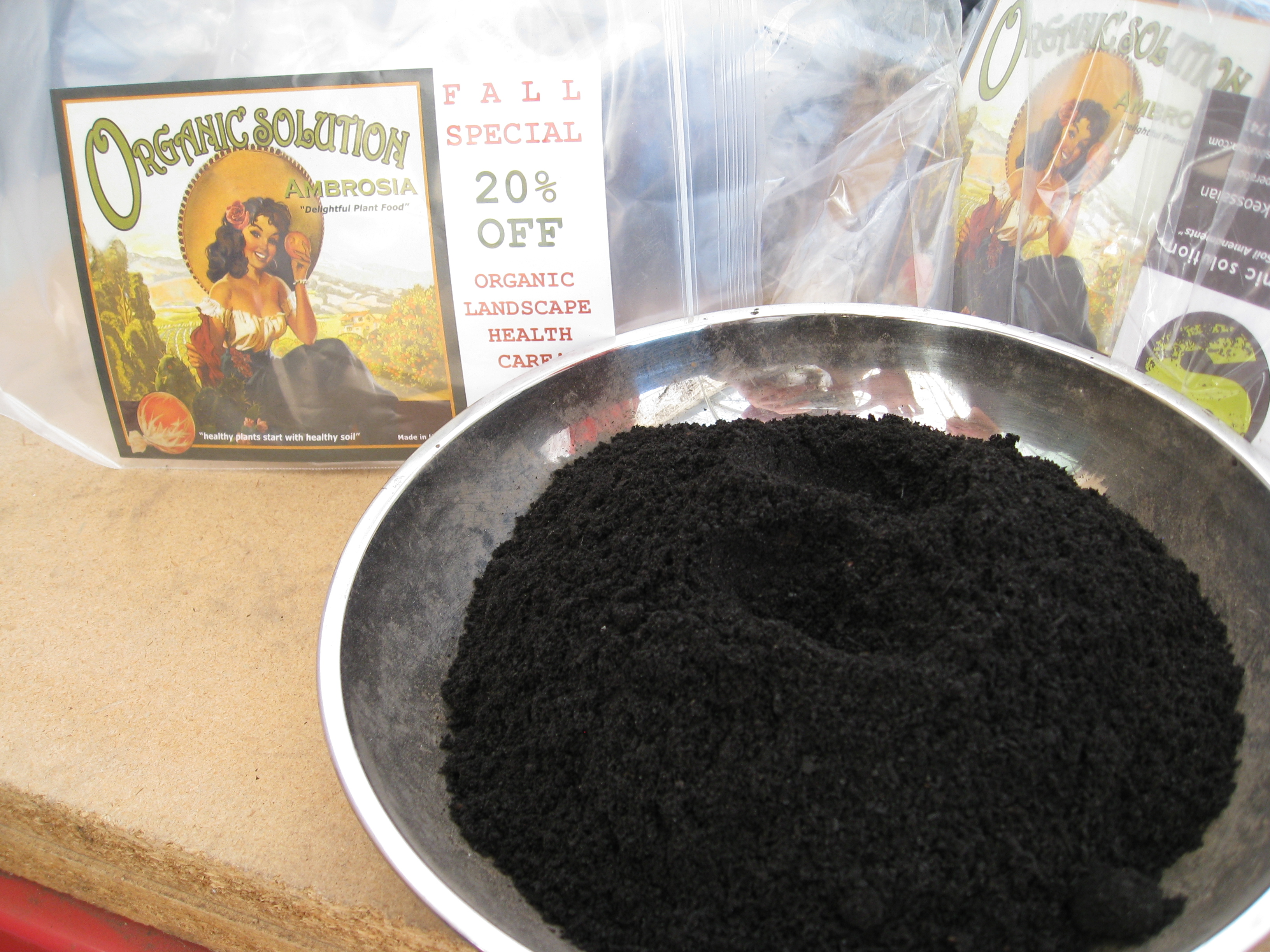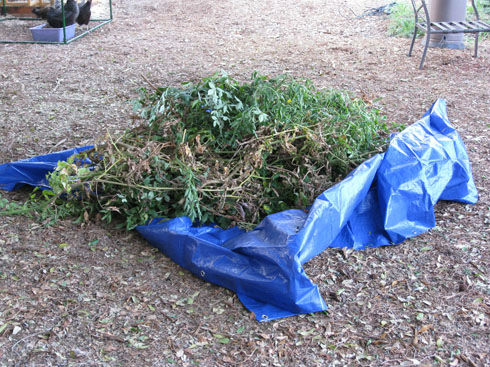A timely question came in to Ask Gardenerd this week from Catherine: “My garden went gangbusters this year but I noticed…the roots of all plants (4 tomatoes and 2 cucumber plants) were bumpy, like they had grown lumps all over. I read something about ‘root nematodes’ but the link wasn’t very informative about what causes this, or if it is a pest or an organic condition, if I need to treat the soil before planting anything new, etc. Any thoughts about lumpy roots? –Catherine Bull”
Your research is correct, Catherine, you’ve got root-knot nematodes. Let’s dive into what these are and what they do.

What are Nematodes?
Nematodes (pronounced like nemesis) are microscopic worms that perform a number of functions in soil. There are good and bad nematodes. The good ones:
- Are nutrient cyclers, meaning they ingest bacteria or fungi and convert nutrients from those organisms into components the plant can use.
- Provide a taxi service, dispersing bacteria and fungi around in soils.
- Belong to the Soil Food Web, so they also are food for larger organisms and for some fungi.
- Some types are predators of bad nematodes and some disease-causing microbes.
The bad ones:
- Are plant parasites, living inside plant roots and consuming the contents of plant cells.
- Prey on weak plants.
- Can arrive in your garden via infected tools, plants, soil, or water.
Galls
Those bumpy roots on your tomatoes are galls, swellings created by bad nematodes as they consume plant cells. They are also caused by irregular growth, as nematodes interfere with root development.
What to Do?
When population imbalances like this occur it’s time to level the playing field. Inoculate your soil with worm castings and crab meal. Worm castings contain chitinase, which helps suppress root knot nematodes. And crab meal contains chitin, which “encourages populations of beneficial soil microorganisms to release enzymes that help control pest nematodes”, according to Arbico Organics.

Some gardeners (myself included) have benefited from applying these treatments, combined with growing Golden Guardian French Marigolds. These flowers release a toxin from their roots that kills root-knot nematodes. Turn the crop in at the end of the season to extend the benefits.

Gardener’s Supply suggests growing “cover crops of oats, annual ryegrass, or sudangrass. Incorporate the organic matter into the soil the following spring. Root-knot nematodes are unable to feed on the roots of these grass and grain crop, so their numbers will be diminished.”
One last thing: be sure to rotate susceptible crops to a new location for the next 3 years!
Thanks for writing in, Catherine. We hope this helps you solve your nematode problem.





In the video you mentioned 3 nematodes. What is the best one to stop the bad buggies from causing my tomatoes and cucumbers to get bumps on their roots?
All the beneficial nematodes (particularly Steinernema feltiae) will help to some degree, but I would partner that with adding something with chitinase to your soil – ie. worm castings, shrimp shell meal, crab meal, etc. or grow the French marigolds mentioned in the blog post.
Pingback: YouTube: How to Apply Beneficial Nematodes to Control Pests in Your Garden - Gardenerd